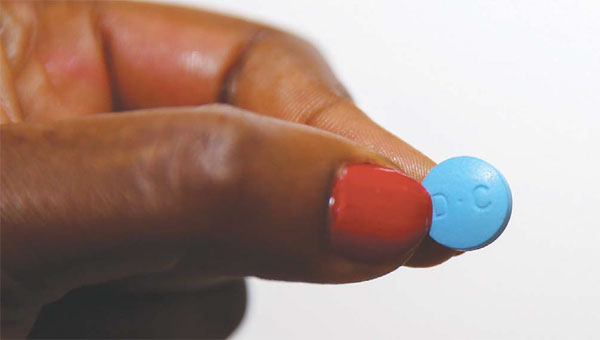In September 2006, Kenya officially adopted artemisinin-based combination therapies for managing malaria. This followed recognition of the threat posed by anti-malaria drugs that proved ineffective in clearing infections after a standard course of treatment. This was particularly bad for children under five and pregnant women.
Chinese scientist Tu Youyou discovered artemisinin, a find that has won her a Nobel prize for medicine. The drug forms the standard anti-malaria regime in Kenya.
Government statistics indicate that more than half the population is at a risk of malaria infection and that the disease accounts for 30 to 50 percent of all outpatient attendance and 20 percent of all admissions to health facilities.
According to a 2001 Ministry of Health report, an estimated 170 million working days are lost to the disease each year, and it is estimated to cause 20 percent of all deaths in children under five.
The move to change the national anti-malaria policy was costly, as donors committed over $60 million toward the procurement and distribution of the drugs.
Francis Kimani, the head of the malaria program at the Kenya Medical Research Institute, a government research agency, says there is no better alternative to artemisinin. "It is the only drug that works," says the researcher, who is based in Nairobi.
"Its discovery continues to be a milestone even though it was previously unrecognized. It has given us breathing space to make discoveries in the research field that otherwise could have been spent in looking for a curative drug."
He is part of a team that has successfully developed a malaria vaccine.
According to the ministry, artemisinin has helped control the tropical fever. Infant mortality rates have been cut from 52 per thousand to 39, and under five mortality from 74 per thousand population to 52.
The ministry has also observed a downward trend in the proportion of outpatient cases attributed to malaria, from 30 percent to 14 percent over the last four years.
Despite the downward trend, malaria continues to feature prominently in Kenya's public health agenda.
In 2009, the government launched a national malaria strategy with the aim of reducing morbidity and mortality associated with malaria by 30 percent by 2009 and to maintain it at that level to 2017.
Prompted by the success of its efforts, the country recently launched a revised version of the strategy. This focuses on drawing on experience of the last six years, while aligning its efforts to global trends toward malaria elimination.
The use of artemisinin-based drugs has helped the country manage the devastation. According to Waqo Erjesa, head of the malaria control program at Kenya's Ministry of Health, the discovery changed the tide on the fight against malaria.
"We were losing a lot of people to the disease. Funds and human resources were spent on combating the disease. But this changed when we decided to adopt artemether-lumefantrine, an artemisinin-based combination therapy."
Its potency has been able to address both uncomplicated and aggressive infection in a safe and effective way. Complementing the use of the drug, the country has also intensified an advocacy campaign toward the use of long lasting treated nets and indoor residual spray. However, officials have indicated the acquisition of chemical resistance toward the latter, forcing the need for alternatives.
Edward Mwangi, the director for the Kenyan NGO Alliance Against Malaria, a consortium of non-governmental organizations, says artemisinin is the best alternative form of treatment. "People are still infected despite preventative measures. We are therefore happy that we have an effective tool to address this.
"It is a very good achievement for Africa and we attribute this to the Chinese scientist."
The delay in using the drug is because of the quantum period during product development.
"We also had alternatives that failed later and hence the shift toward artemesinin," says Mwangi. "It also took time for private companies to scale up its commercialization."
There have been advances. "We now have a synthetic form but previously we only had the plant extract that limited its supply. This accelerates the supply to the market and stabilizes prices making it the best tool in fighting the disease, especially for less privileged communities."
Mwangi says there is research to develop a more advanced anti-malaria drug but that it may take time.
"The world prevalence (of malaria) is dropping and we are looking at other tools relevant to the pre-elimination and elimination phases to sustain the low trend. This means more investment in surveillance and advocacy toward behavioral change to ensure no re-infections occur in the future."

Artemisinin has helped in the fight against malaria.

![Diseases, Symptoms, tcm, [tcmwindow.com]](/uploadFile/adImg/2015/11/11/f5cbfcc0-4df5-4646-9b9a-f316651a0199.jpg)





